When is it right to show a bit of leg? (In your sofa covering, of course)
A new generation of upholstery is elegant, comfortable and doesn’t reveal too much leg, says Giles Kime.
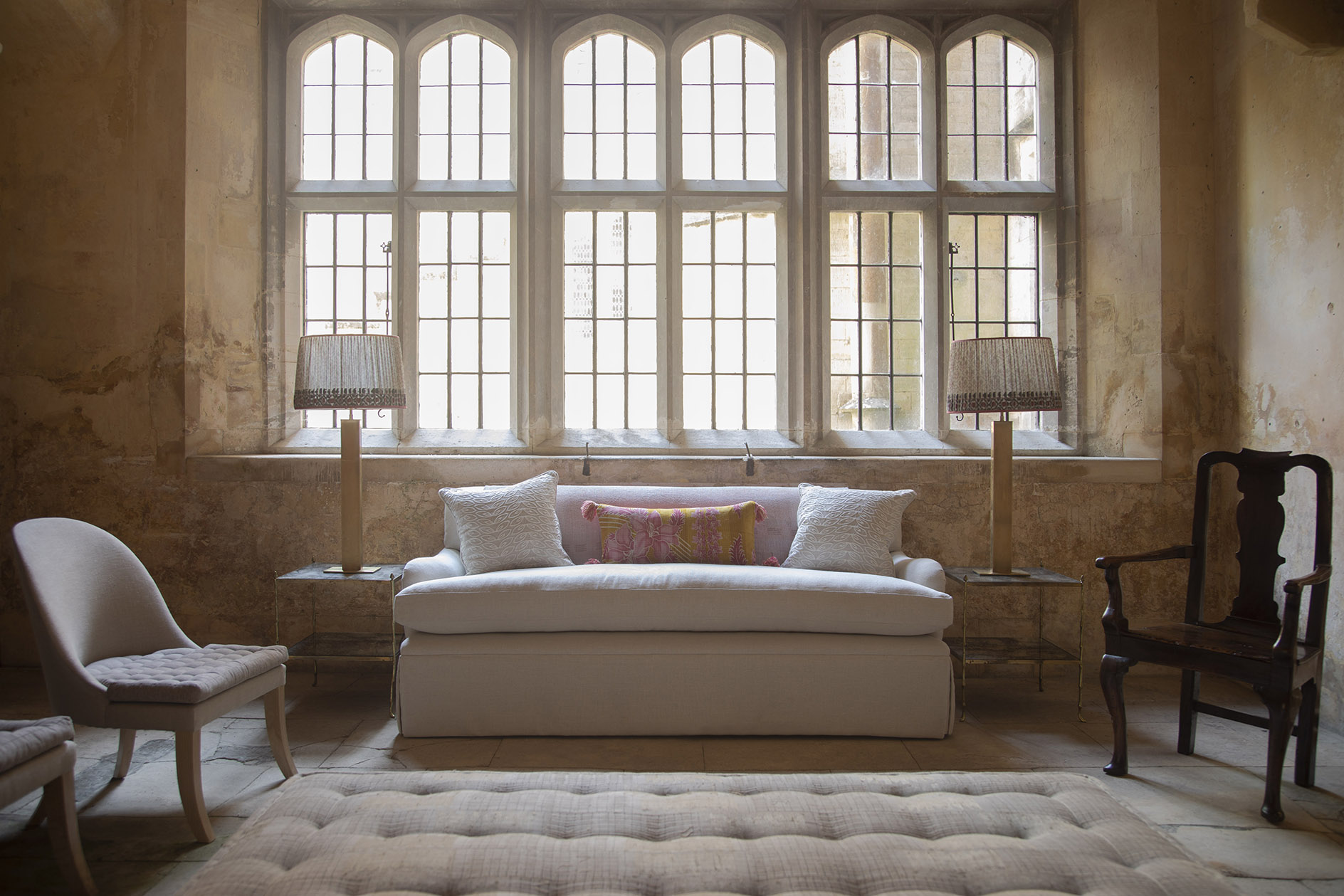

The story that the Victorians draped chair legs to protect their modesty is thought to have its roots in an anti-American quip in Captain Marryat’s A Diary In America, which he wrote in the 1830s. The anecdote reflected his view that there was a great deal of prudishness over the pond. Although the Victorians did have a curious habit of draping almost anything with fabric or lace, there’s no evidence of the chair-leg practice in either Britain or the US.
In the 20th century, however, hiding the legs of sofas and chairs became a solution to the problem of too much legginess in a scheme. Stylistically, there were two divergent paths: the gathered look that was a key ingredient in English country-house style and the sleeker, more tailored approach employed by designers such as Billy Baldwin and David Hicks.
‘It’s transformative, especially in a room with lots of legs on cabinets, chairs and tables, creating a softer, more relaxed look,’ says Lulu Lytle, co-founder of Soane Britain, which sells the skirted Tuileries sofa.
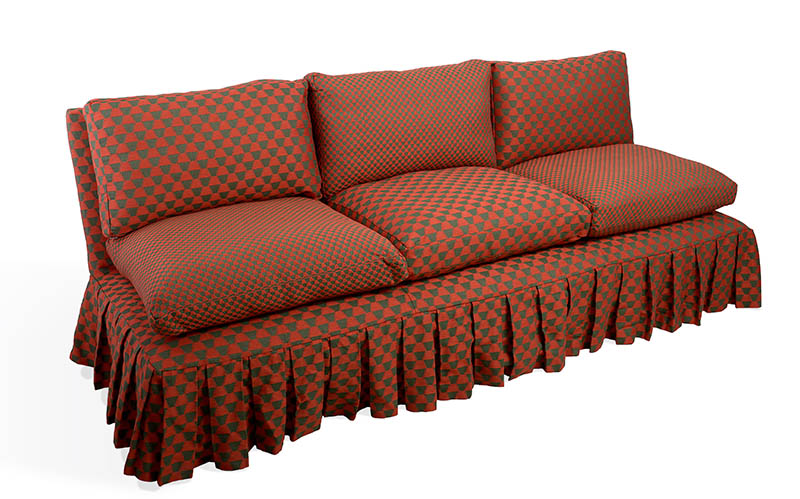
The aim is not to eradicate every exposed legs (particularly not those that are aesthetically pleasing), but simply to create a sense of balance, as well as to obscure any ungainly pieces. Recently, the sleeker approach has been employed to create simple, tailored designs that, depending on the fabric in which they are covered, can look at home in either a classic or a contemporary context.
Neptune has demonstrated the pared-back possibilities of this approach with its Charlie sofa. More recently, interior designers Bunny Turner and Emma Pocock have created a range of crisply defined upholstery made by the contemporary arm of Lorfords, antique dealers in Tetbury, Gloucestershire.
Using the principles of good tailoring, the designers have succeeded in simplifying shapes and manipulating proportions with a deep, structured skirt and a single seat cushion, instead of the traditional two. ‘Both the skirt and the seat offered an opportunity to play with proportion and scale,’ says Bunny.
The result is a choice of comfortable designs with a sleek elongated appearance that, depending on the choice of fabric, would sit happily in either a classic or a contemporary setting.
Sign up for the Country Life Newsletter
Exquisite houses, the beauty of Nature, and how to get the most from your life, straight to your inbox.
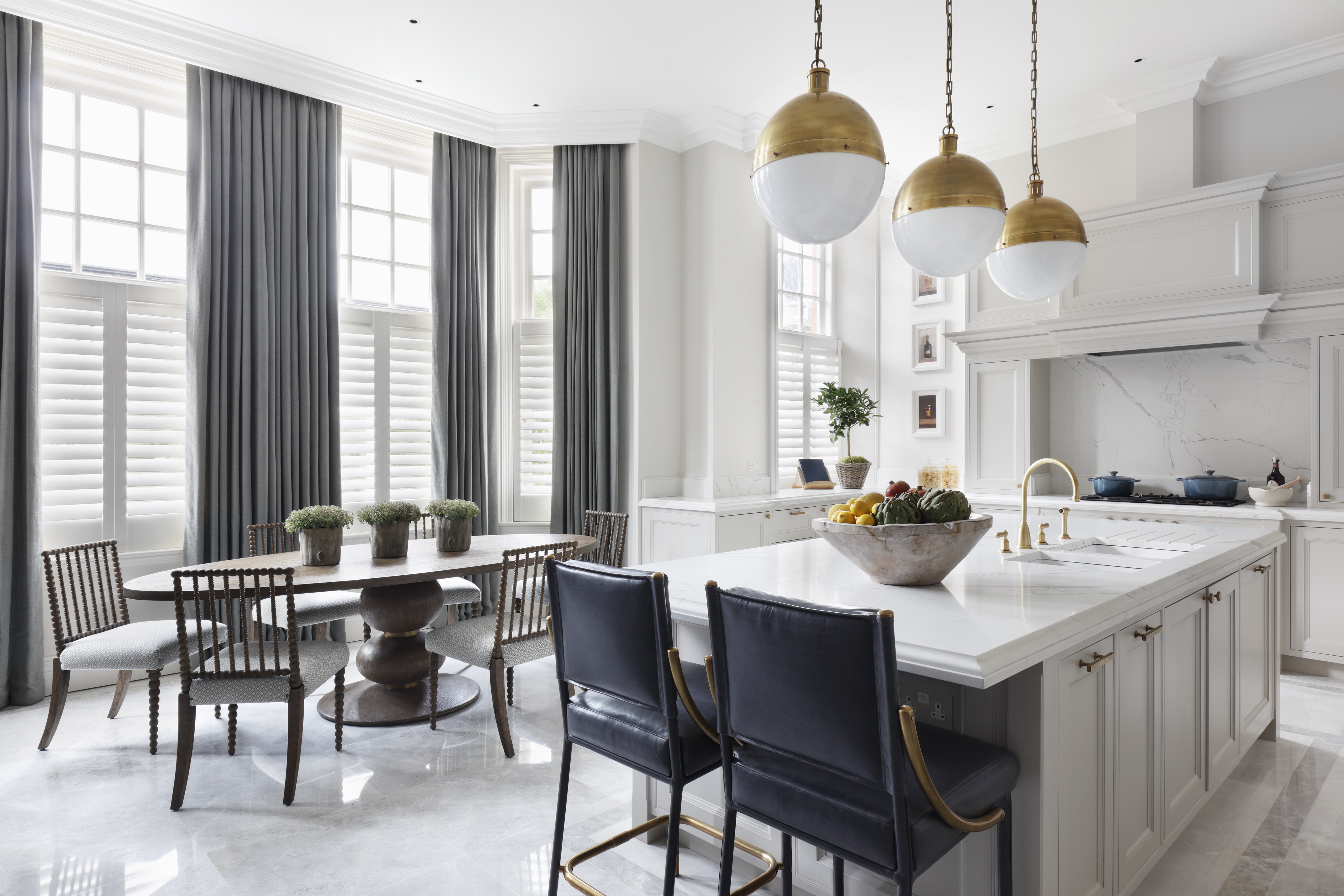
Credit: Turner Pocock
From accountant's office to family kitchen: A social space with warmth and grandeur
Bunny Turner has transformed a former accountant’s office into a family kitchen by removing false ceilings, custom-ordering a table and
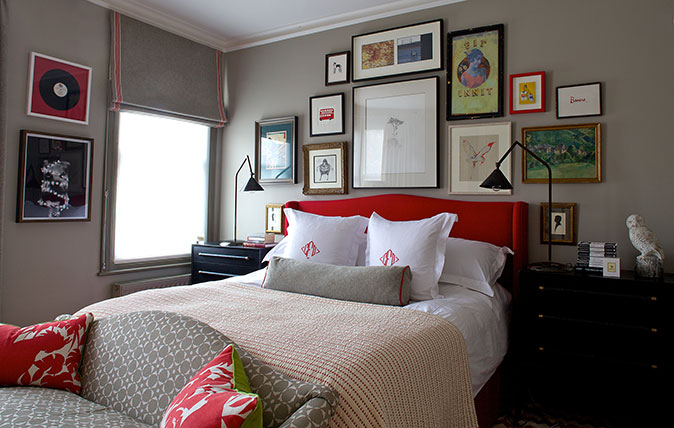
Credit: Bunny Turner's bedroom
The designer's bedroom: 'Don’t overthink it – it’s usually much better to trust your first instinct'
Interior designer Bunny Turner has indulged her passion for art by transforming her bedroom into her own private gallery.
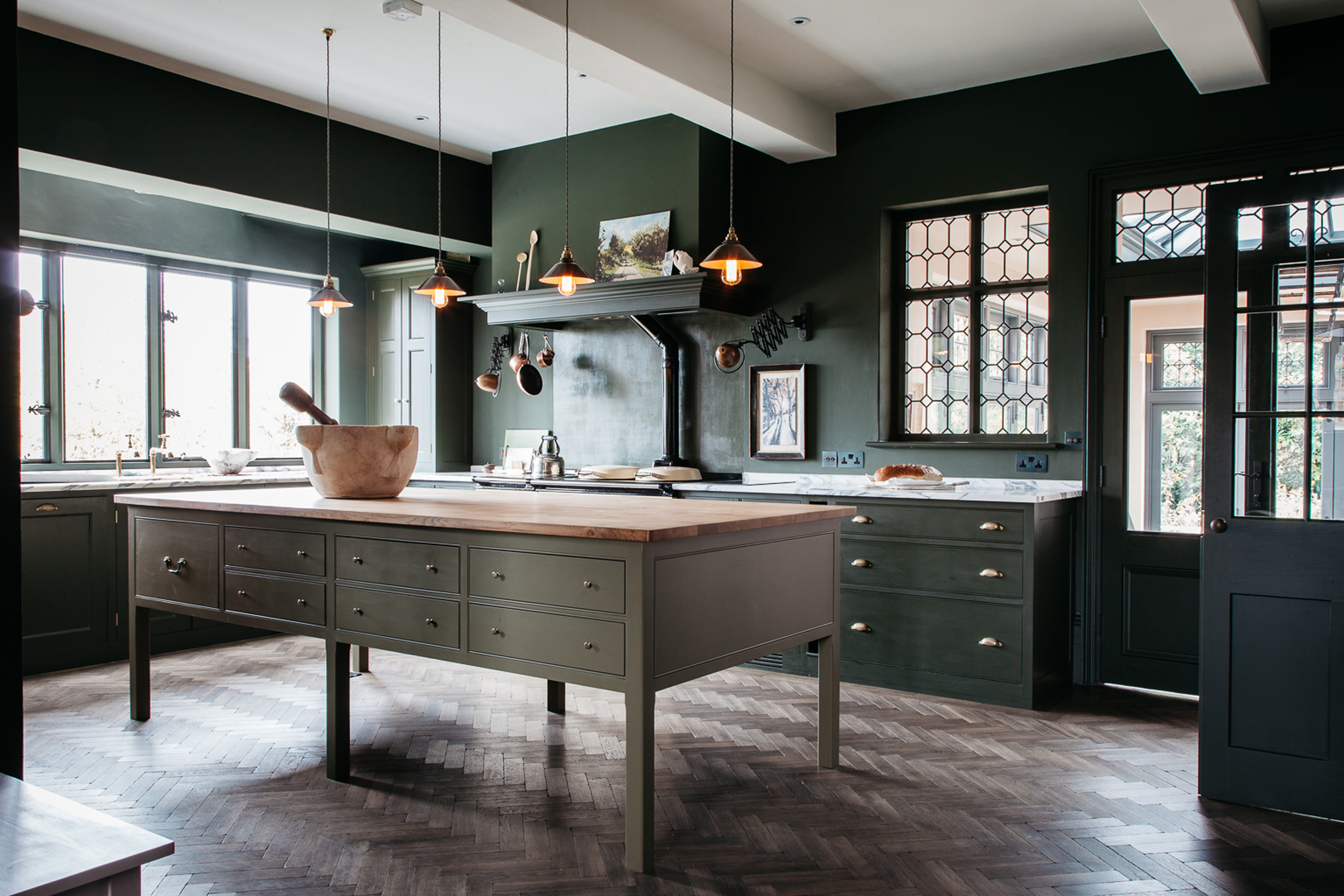
How to change the personality of your kitchen with a fresh coat of paint
To accompany the launch of her new paint collection for Plain English, interior designer Rita Konig reveals the secrets of
-
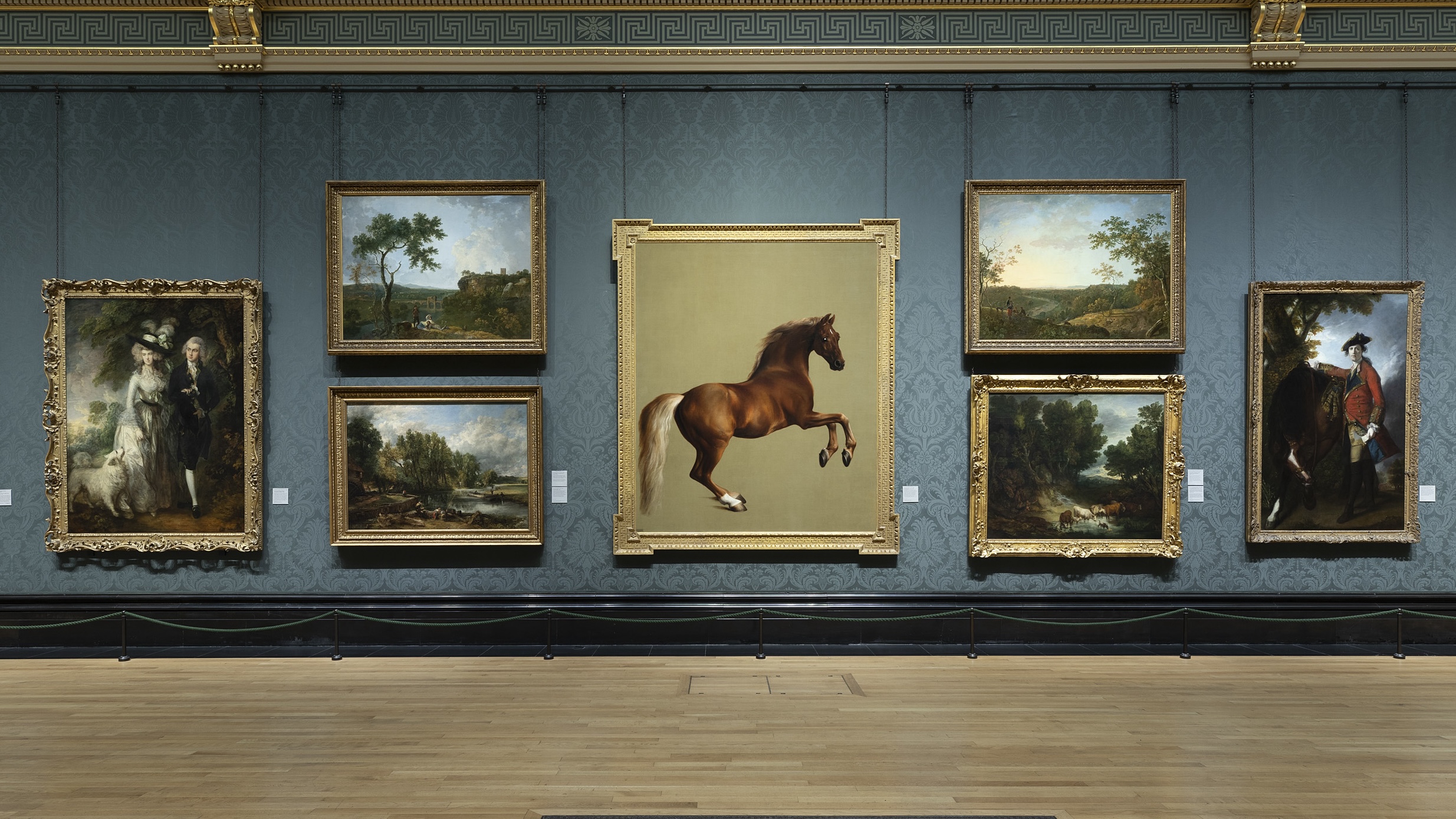 The National Gallery rehang: 'It is a remarkable feat to hang more with the feeling of less', but the male gaze is still dominant
The National Gallery rehang: 'It is a remarkable feat to hang more with the feeling of less', but the male gaze is still dominantAlmost everything on display at the National Gallery has been moved — and paintings never previously seen brought out — in one of the the biggest curatorial changes in the Gallery's history.
-
 Lutyens's last masterpiece comes up for sale in Oxfordshire, with 27 bedrooms and a cricket pitch
Lutyens's last masterpiece comes up for sale in Oxfordshire, with 27 bedrooms and a cricket pitchMiddleton Park in Middleton Stoney is a vast country home that must surely be among the nation's best
-
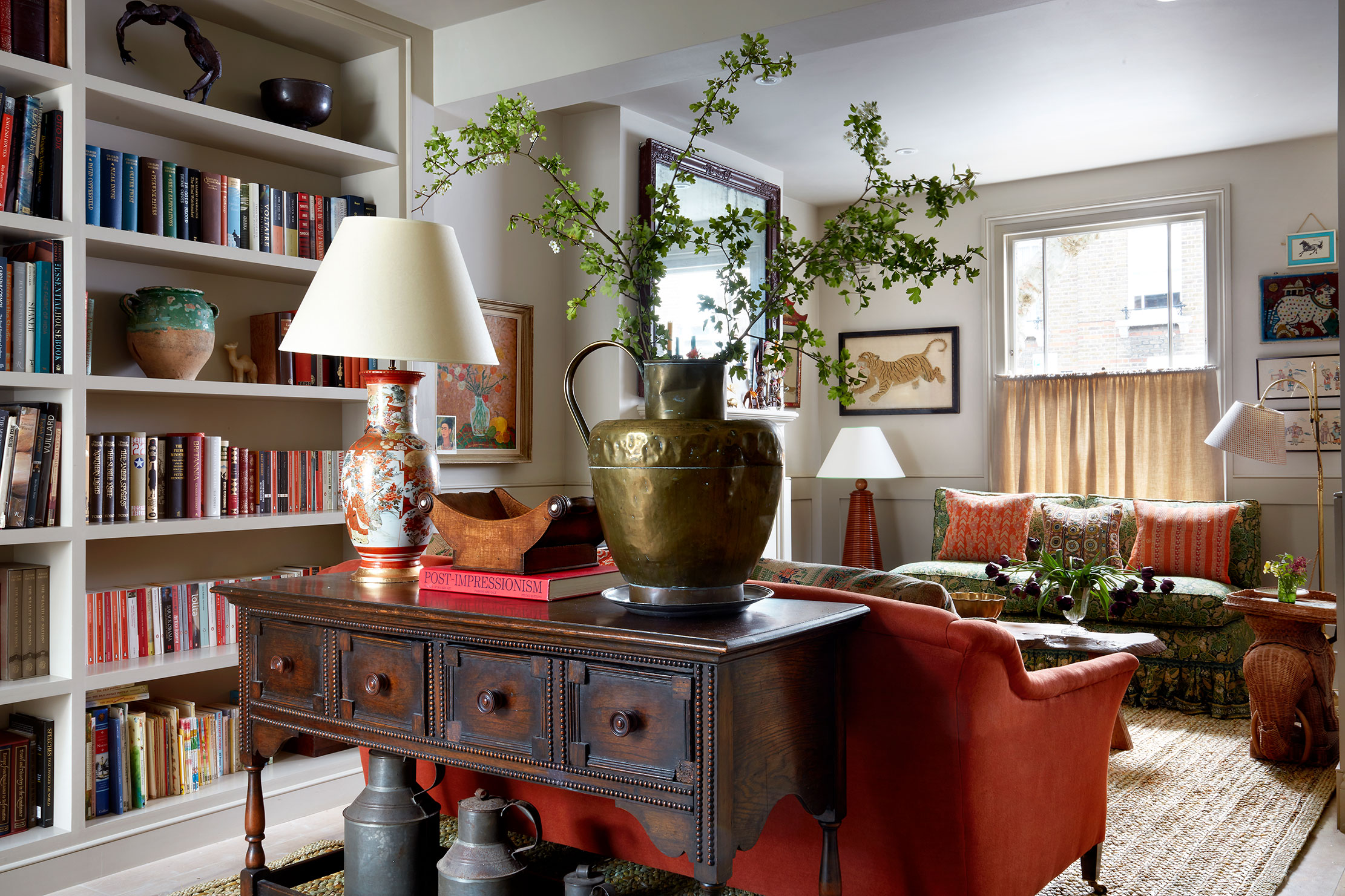 Injecting colour, pattern and character into a once-plain sitting room
Injecting colour, pattern and character into a once-plain sitting roomBooks, art and textiles transformed a once-characterless space into a warm, inviting sitting room.
-
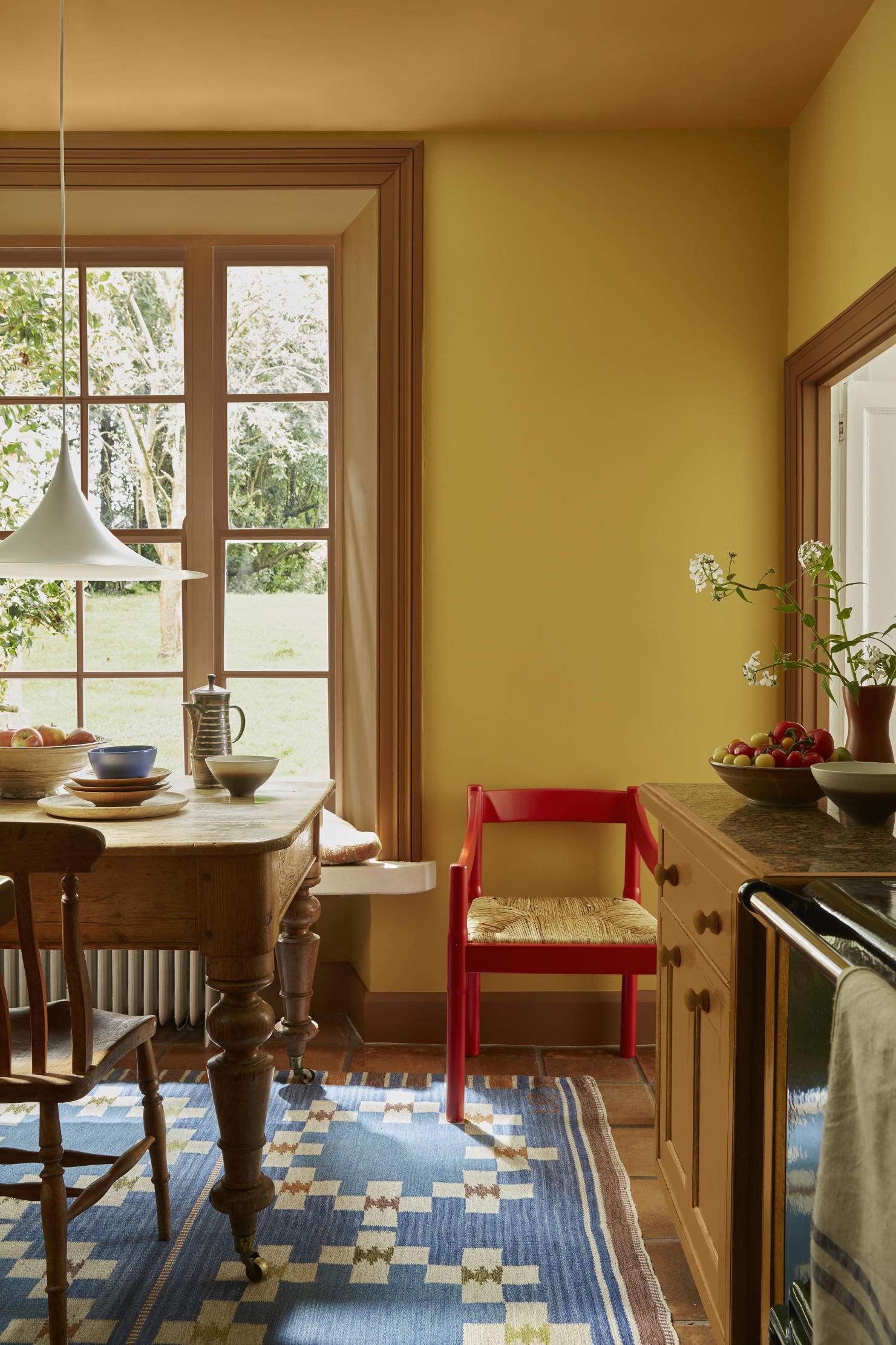 Say no to boring walls: Six choices of paint and paper which will get people talking
Say no to boring walls: Six choices of paint and paper which will get people talkingAmelia Thorpe picks out some glorious alternatives to just painting everything white.
-
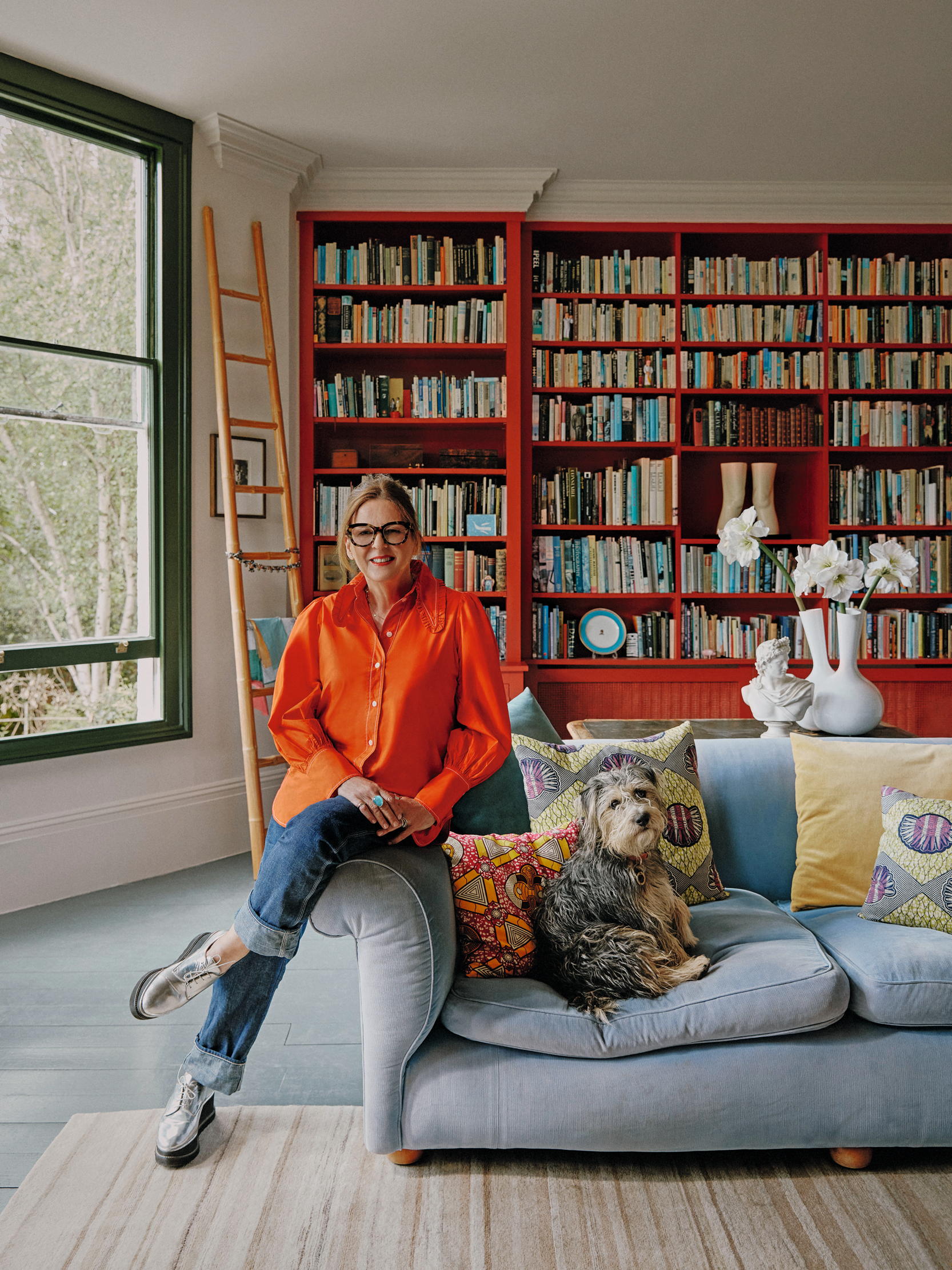 'Not cheap... but cheaper than a divorce lawyer': Why it pays to hire a consultant to choose the perfect paint colour
'Not cheap... but cheaper than a divorce lawyer': Why it pays to hire a consultant to choose the perfect paint colourDriven to distraction by paint charts? A colour consultant could be the answer for anyone befuddled by choosing the right hue, says Giles Kime.
-
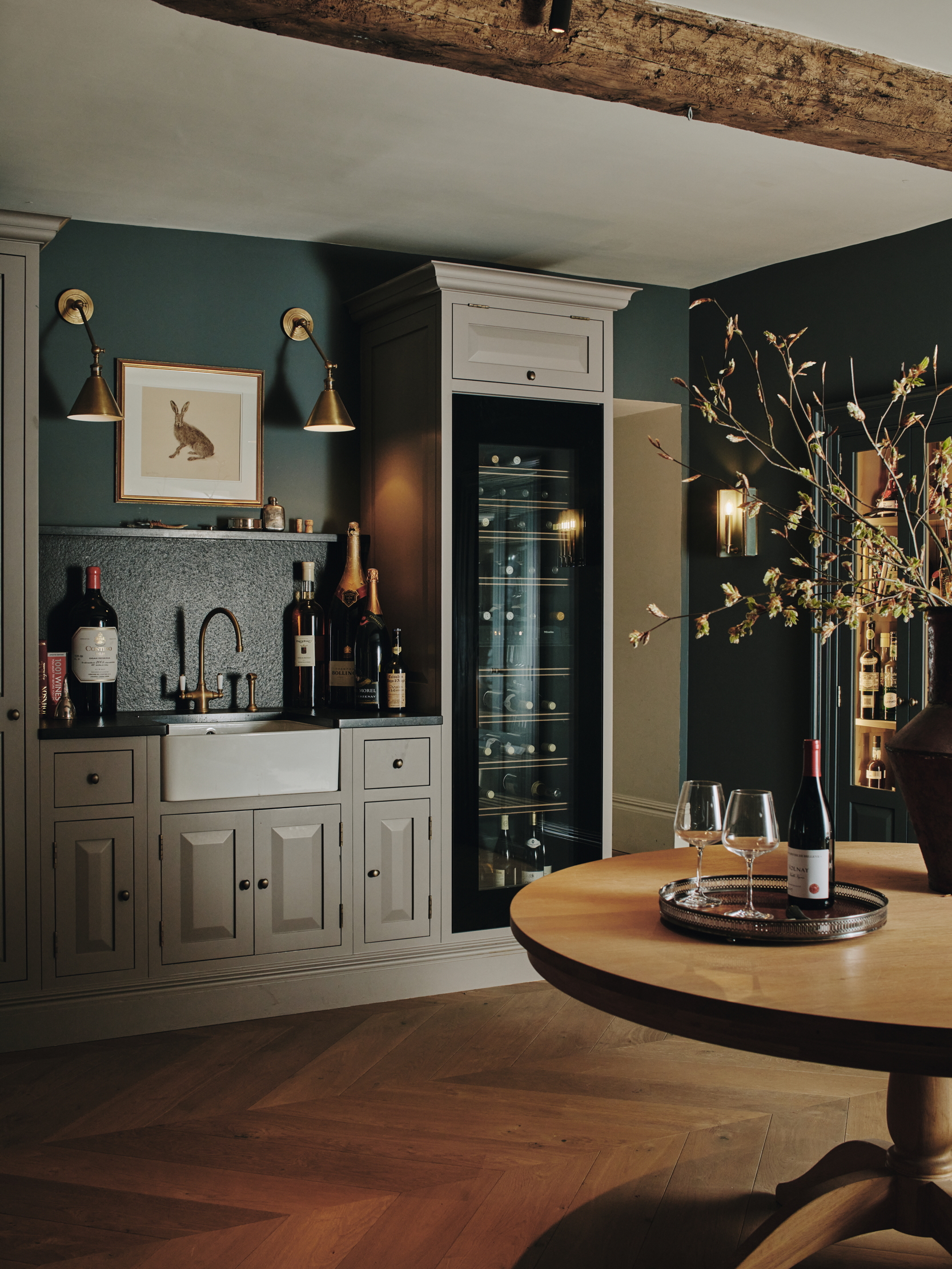 Room with a cru — how an 'enduring legacy of lockdown' is the latest must have in interior design
Room with a cru — how an 'enduring legacy of lockdown' is the latest must have in interior designLong gone are the dusty cellars of the past. Now is the time to make the place you store your wine as pleasurable as drinking it.
-
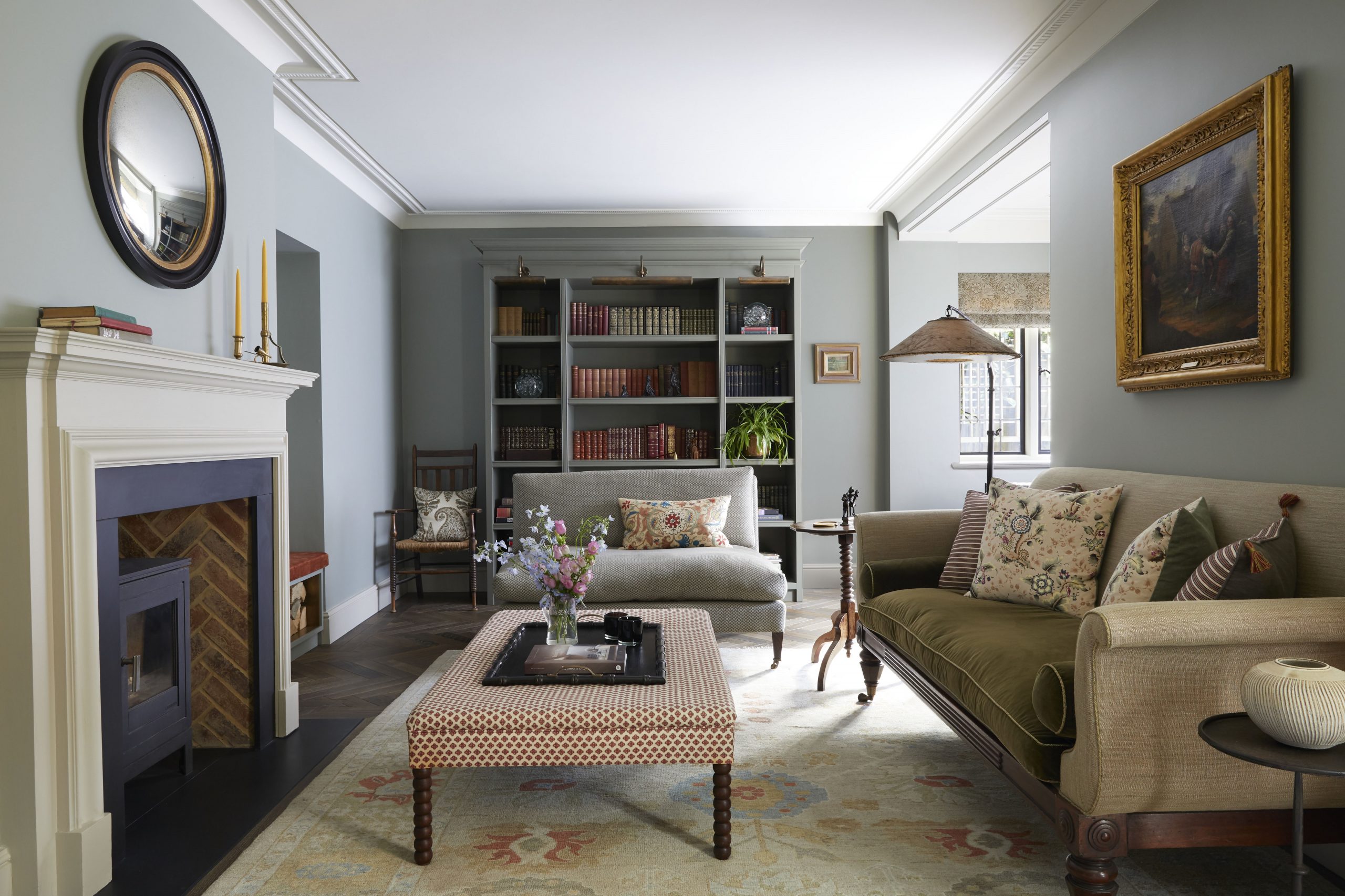 The secret to transforming an awkwardly shaped room
The secret to transforming an awkwardly shaped roomCave Interiors turned the awkwardly shaped sitting room of an Edwardian house into a warm and welcoming space.
-
 A gloomy kitchen entirely re-created as a cosy living space
A gloomy kitchen entirely re-created as a cosy living spaceWhen Nicole Salvesen and Mary Graham were asked to redecorate a country house in Berkshire, the first task was to turn a dark space into a colourful sitting room.
-
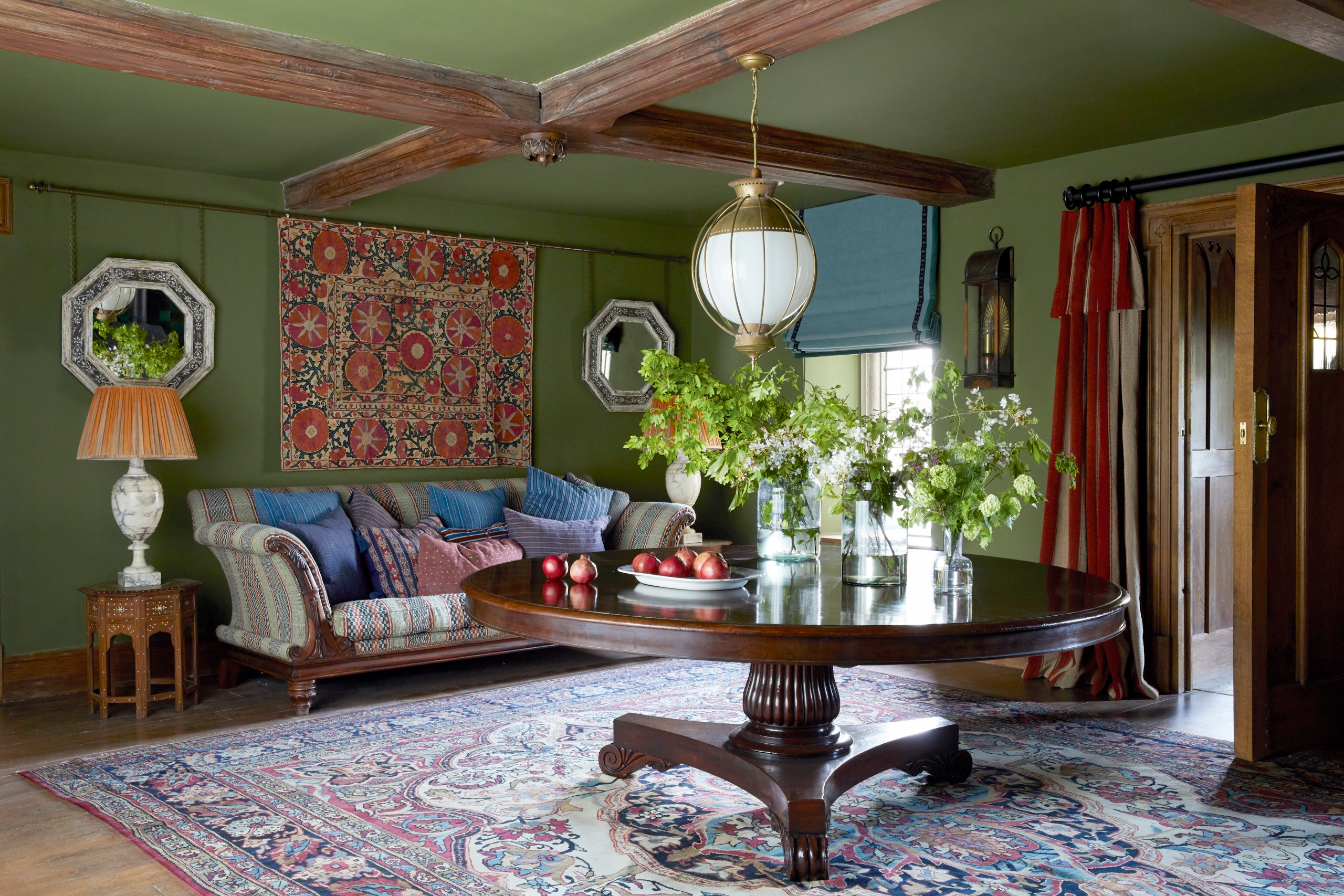 A living room that's a lesson in how to restore lost character in a historic space
A living room that's a lesson in how to restore lost character in a historic spaceNicola Harding used rich colours and textures to enhance the historic character of a Jacobean house in Berkshire.
-
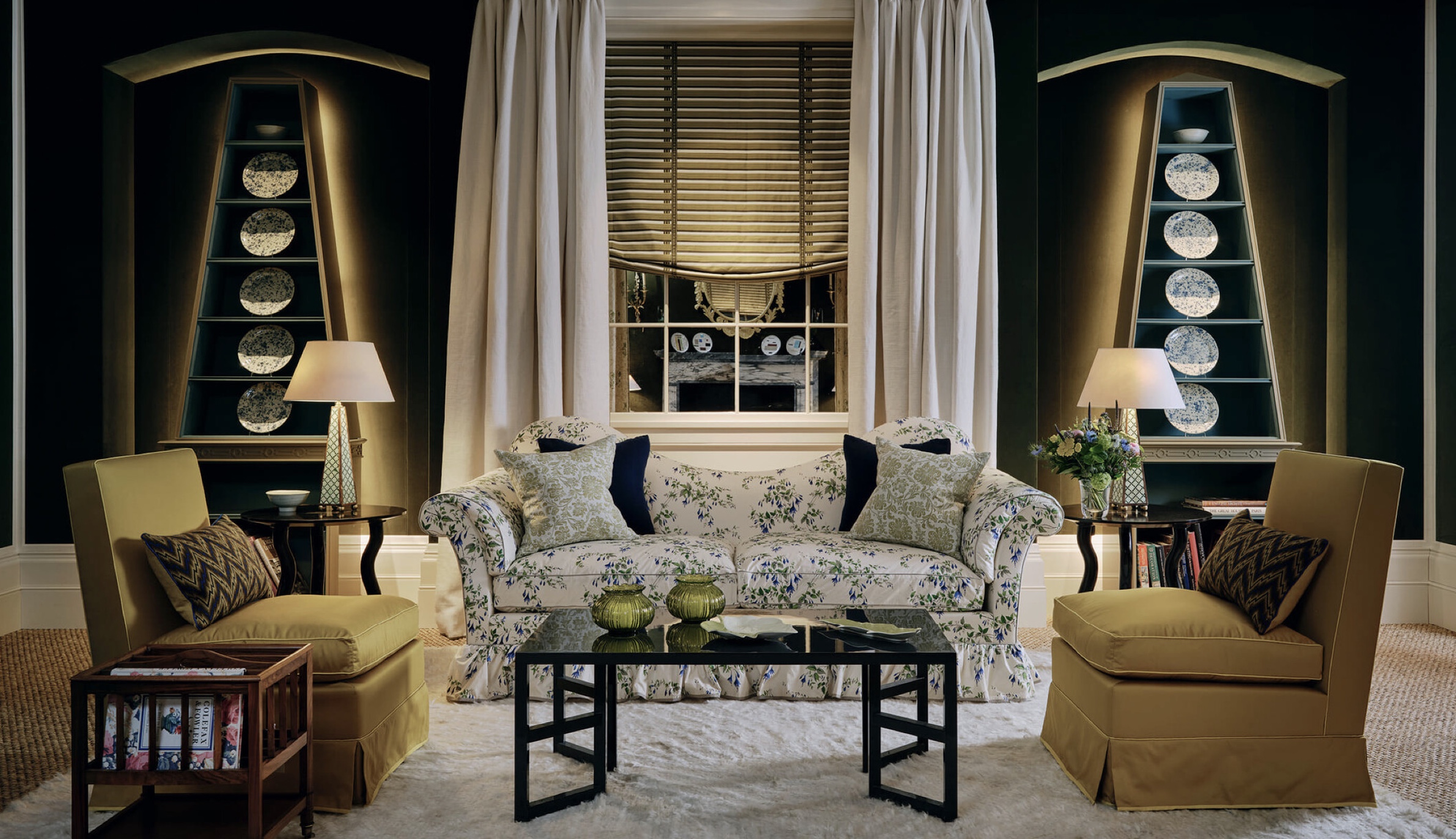 The slipper chair: How one of America's great designers produced a classic of armless fun
The slipper chair: How one of America's great designers produced a classic of armless funThe slipper chair might have its roots in the 18th century, but it owes its compact, convivial appeal to Billy Baldwin, a giant of 20th-century American interior design.